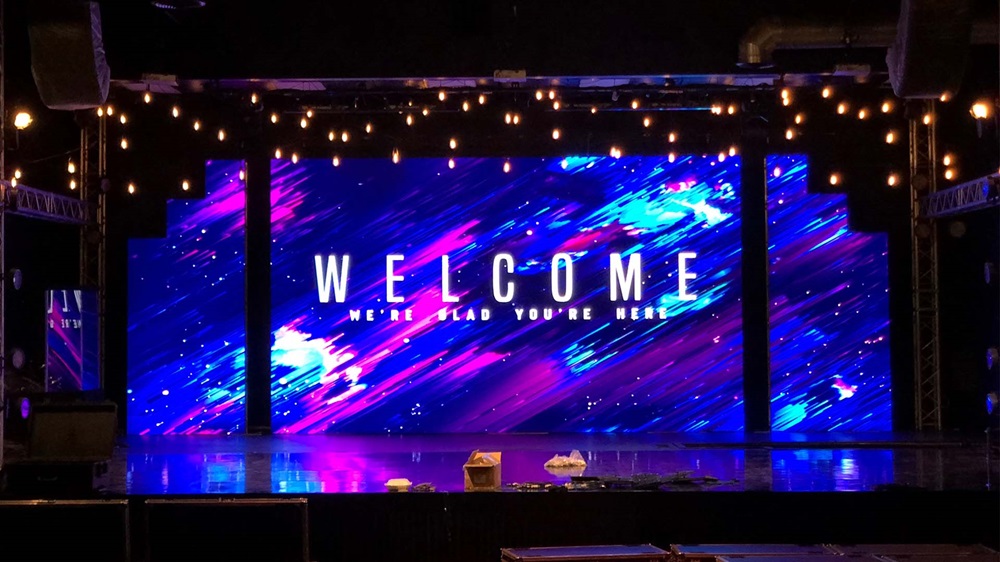As LED technology continues to evolve rapidly, selecting the right display system has become more intricate than ever before. To simplify the decision-making process, Xin Zhang, Lead Engineer of Display Solutions at Hot Electronics, has joined the conversation to offer insights into the key considerations when choosing the perfect video wall solution and to help demystify the complexities of modern LED displays.
Benefits of LED Displays
While LCDs and projectors have been around for a long time, LED displays are becoming more popular due to their many benefits, especially for specific applications. Although the initial investment in an LED display may be higher, the long-term savings in terms of durability and energy efficiency make it a smart choice. Below are some key advantages of opting for an LED video wall.
Brightness
A standout feature of LED displays is their brightness, which is up to five times greater than that of LCD panels. This high level of brightness and contrast allows LED displays to perform well even in brightly lit environments without losing clarity.
Color Vibrancy
LED technology offers a wide color spectrum, resulting in displays with richer, more vibrant, and saturated colors that make a strong visual impact.
Versatility
LED video walls can be customized in various shapes and sizes to fit the layout of any space, offering great design flexibility.
Increased Density
With three-color surface-mounted LED technology, it is possible to create smaller, higher-density displays with enhanced resolution.
Seamless Display
For applications where visible borders between screen panels are undesirable, LED video walls provide a smooth, borderless viewing experience.
Durability and Longevity
Thanks to solid-state technology, LED video walls offer a longer lifespan, typically lasting around 100,000 hours.
Factors to Consider When Selecting an LED Video Wall
Given the wide range of options on the market, what should you prioritize? Your selection criteria will depend on factors such as the size of the space, the intended use, viewing distance, whether the installation is indoors or outdoors, and the ambient lighting conditions. Once these details are clear, consider the following aspects:
Pixel Pitch
The density of the pixels affects the resolution and should be chosen according to the viewing distance. For example, a smaller pixel pitch indicates closely packed LEDs, ideal for up-close viewing, while a larger pixel pitch is better suited for distant viewing.
Durability
Choose a solution that can endure long-term use and allows for future upgrades. Since an LED display screen a significant investment, ensure the modules are well-protected, especially in areas where they might be touched frequently.
Mechanical Design
Modular LED video walls are composed of individual tiles or blocks. These can also be arranged in smaller tiles or blocks to create more dynamic designs, such as curved or cornered displays.
Temperature Resistance
Some LED displays generate considerable heat, leading to thermal expansion. It’s also important to account for how external temperatures might affect your video wall. Collaborate with your technology provider to manage these factors and ensure your video wall remains visually impressive over time.
Energy Consumption
Review the energy efficiency of any potential LED video wall. Some systems are designed to operate for extended periods, even up to 24/7.
Installation and Maintenance
Inquire about the installation services and ongoing maintenance support your technology provider offers for video walls.
Advancements in LED innovation and display solutions
The future of LED technology is set to revolutionize industries with ultra-fine pixel pitches, higher brightness, and energy-efficient solutions. As we advance towards smarter, more dynamic displays, our focus remains on integrating AI, seamless interactivity, and sustainable practices to push the boundaries of what’s possible with LED displays.
Post time: Aug-19-2024

